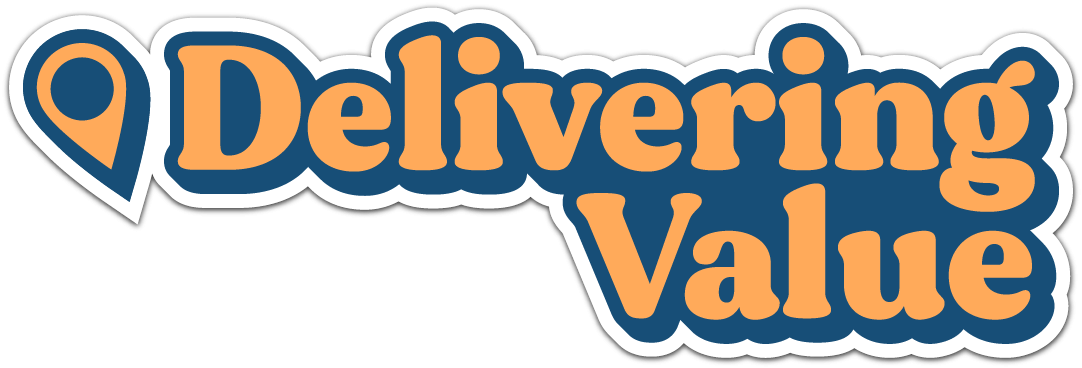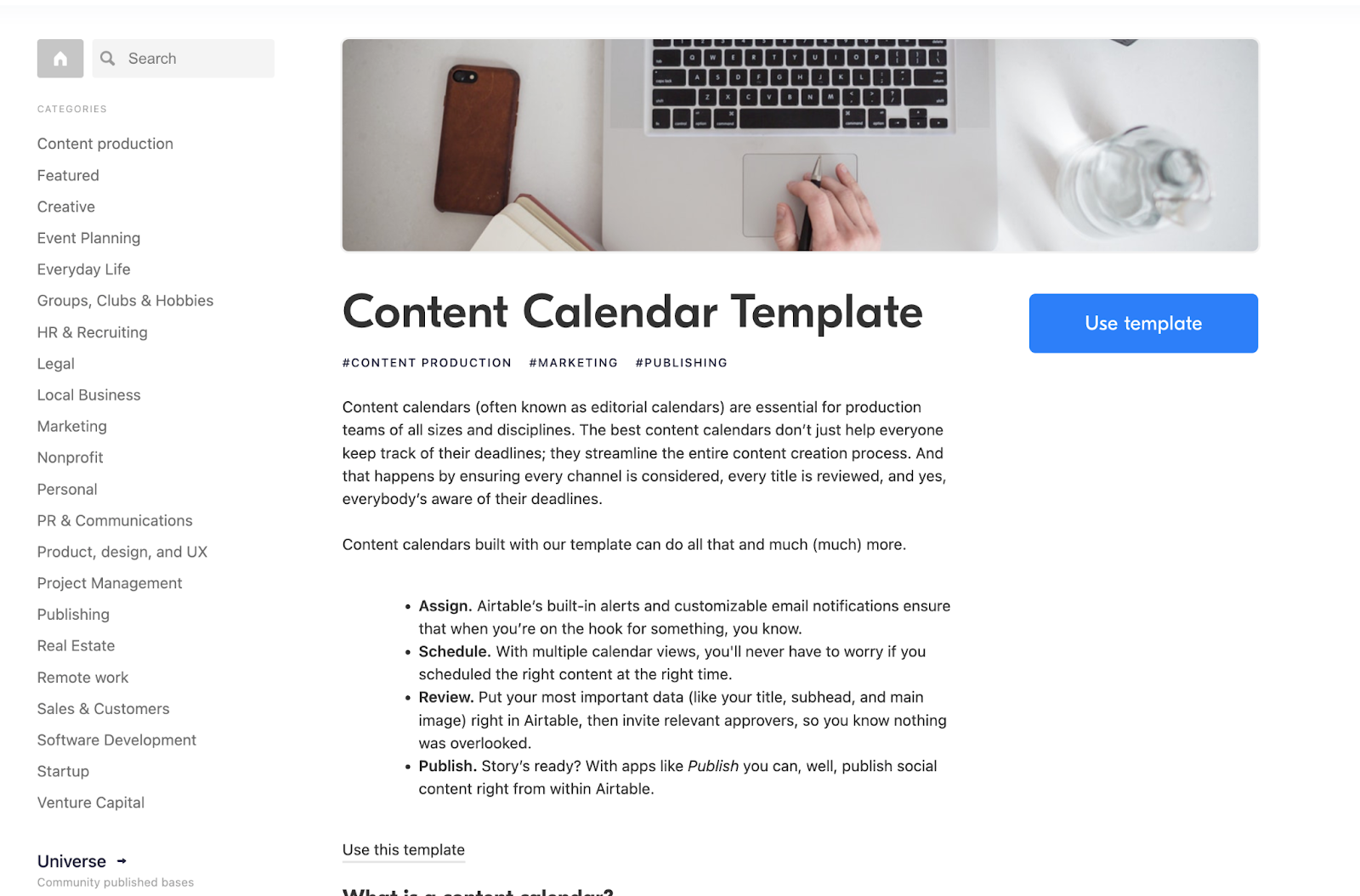A new PLG playbook: pre-built templates
One of the biggest challenges in SaaS is activating new accounts. Getting new users to reach that "aha" moment that makes them come back for more.
Some users find new tools intimidating. Most love the idea of being able to create something on their own. But if a tool has a blank canvas, the investment just to get started can feel overwhelming.
It's like opening up a blank Google doc and wondering, "What should I write about?"
That's why we’re seeing more and more SaaS companies using templates as part of their onboarding processes. Not only can they help guide users towards success with their product, but they also deliver value right away.
If you work in SaaS, you’ve probably had this happen…
You've got a new user, who signs up for your product. And…they never return
I call these folks pokers. In my experience, 25-35% of new accounts sign up. Poke around for a few mins. Then leave, and never come back. Essentially getting zero value from your product. Definitely not making it to the activation moment.
Activation is a problem that can't be solved with a single email, quick video, or popup. You need to provide users with an experience that helps them experience value - on their terms.
There are tons of things that you can do to drive activation. But I’m seeing tech forward SaaS brands using ready-made templates. Essentially helping users get started without having to start from scratch.
They don't leave activation up to chance - they create templates for specific use cases and encourage customers to choose the right template for their needs during the signup process.
By using a template, accounts can get started fast - and experience value quickly. Especially with complex products.
Think about it: if you're using a design tool like Photoshop for the first time, you probably feel super intimidated by how much it has to offer.
But contrast the experience with Canva, which offers thousands of pre-built templates social posts, logos, presentation, etc. It’s much easier to get started. Users instantly have a jumping off point. That template engine has been a big part of Canva’s growth.
Pre-built templates are essentially product playbooks to help new users receive value quickly.
Here's the playbook I'm seeing from savvy PLG orgs:
They learn the 4-5 most common use cases.
There are many ways to do this. My favorite. Run a survey for a few weeks.
“Hey, thanks for being here! Would you mind sharing the main reason you signed up today?”
You can ask users on the signup page, or directly afterwards inside the product. But the key is to leave the question open-ended.
You want to see the words customers use. They're important.
Then, export the raw responses into a spreadsheet. Grab a cup of coffee and review them. There will be a lot of different words used. But you should find 4 or 5 common themes. Those are your use-cases.
Make pre-built templates specifically for those use cases
The idea of "building templates" might bring to mind the kind of stuff you find in an outdated Microsoft Word template library.
But that's not what we're talking about. We're talking about pre-built templates that drive activation —and then keeping them engaged.
The kinds of templates you build will vary depending on your product and the use cases it supports. But create something that makes it easy for users to quickly tweak and customize without having to start from scratch.
Users can simply edit any part of the template they choose, or replace it with something entirely new if they want. You’ve already done the hard work of figuring out what kind of content works best for their use case.
Ask accounts to identify their use case during signup process
Turn the results of your survey analysis into part of the signup process. When a user starts signing up for your product, you should ask them to identify which use case is most relevant to them. Here’s a great example from MIRO.
The goal is twofold: gain information about the user and their needs so that you can make the experience better for them, but also give users an idea of where they should start based on their unique circumstances.
Suggest the appropriate template based on their use case
Use the answers they provide to tailor their first experiences with your product. This help them get up and running quickly.
Here’s the next page in MIROs onboarding flow, after you select Strategy & Planning in the screenshot above.
They suggest pre-built templates to help users get started fast.
This helps new accounts that aren't ready to import, upload, or enter their own data yet. Or, are too intimidated to get started.
They get to receive the full value of the product. And they can do it fast, without any effort.
Templates are all about helping your users. Fast value + low friction = happy users. That's good for them. Good for your brand. And good for your conversion rates.
We’re even seeing advanced companies put templates on their websites
Letting users sign up for an account pre-loaded with useful content. That's a pretty slick acquisition play that also helps activation.
Here’s a great example from Airtable. They have an entire template library available on the website.
When you hand users a template, you're giving them a way to hit the ground running and start using your product right away. You're also giving them a sense of what's possible with your product, and inspiring ideas for how they can use it for their own unique needs.
We're still in the very early stages of this playbook. But we’re already seeing innovative brands leaning in here with a lot of success. I suspect we'll see this everywhere over the next few years.




